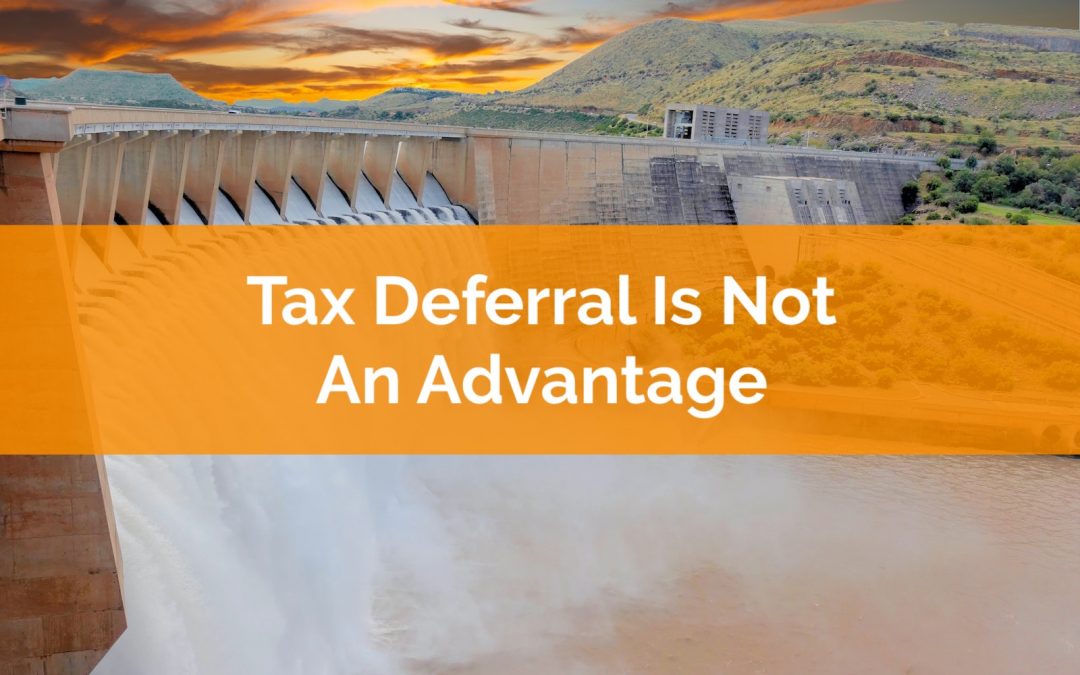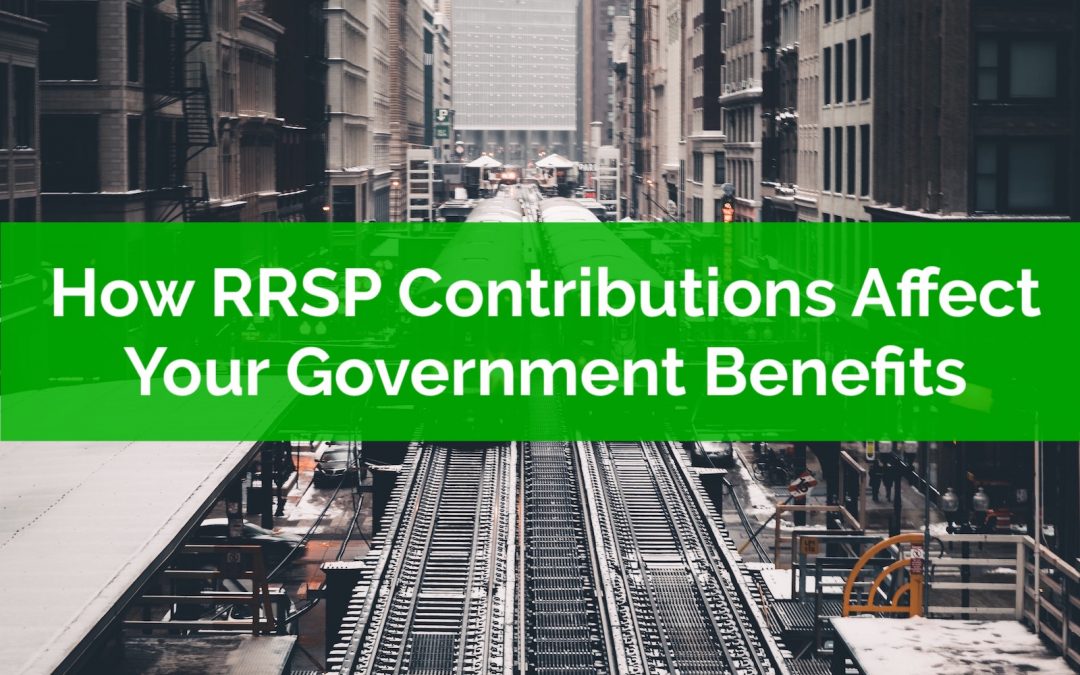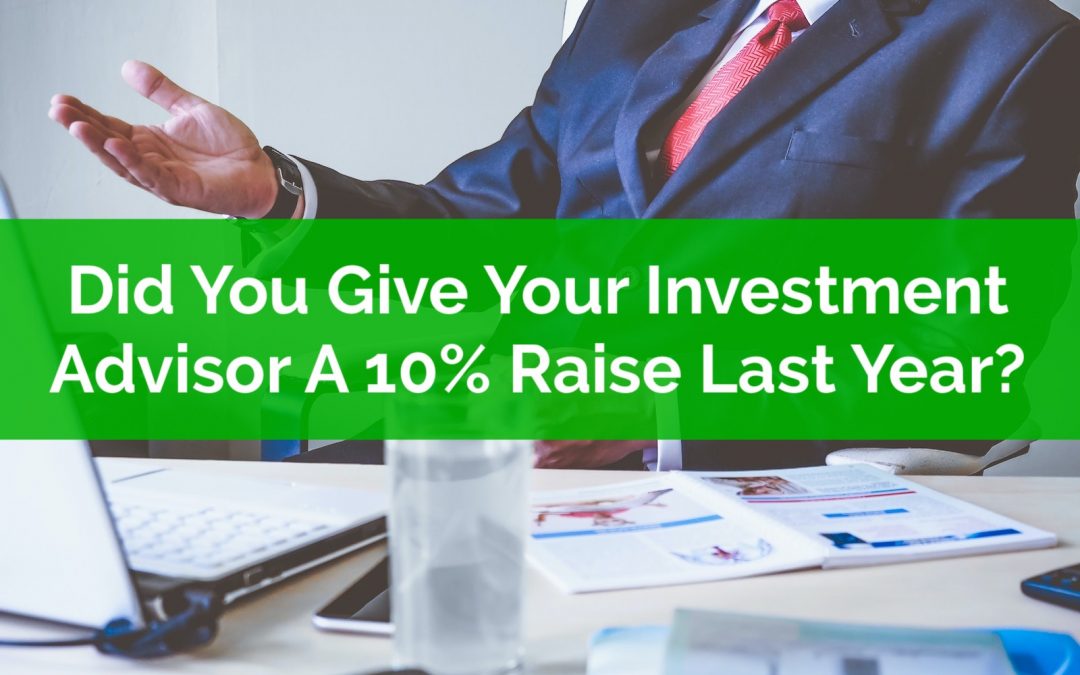“Welcome to the PlanEasy blog! We make personal finance easy.
Thanks for visiting.”
– Owen

Tax Deferral Is Not Necessarily An Advantage
At this time of year, the interest in deferring tax is high. It’s easy to see the appeal of deferring tax, but is all tax deferral an advantage? Does paying tax now or paying tax later really matter? As we’ll see below, no, in some cases tax deferral is not an advantage.
Tax deferral can seem like a large advantage. If you can avoid paying $10,000 in tax today, and defer that tax to later, sometimes 10, 20, 30+ years later, then that money can continue to grow and earn income. This would seem like a large advantage would it?
For the average Canadian there are two main ways to defer tax…
1. Use an RRSP
2. Earn capital gains
In this blog post we’ll explore the first type of tax deferral, using an RRSP, and we’ll see that the tax deferral itself doesn’t necessarily provide an advantage.

How RRSP Contributions Affect Your Government Benefits
RRSP contributions can be a great tool to help manage your income taxes before and after retirement. They can also be a great tool to help manage your government benefits in a similar way. RRSP contributions affect government benefits like the Canada Child Benefit (CCB), Ontario Child Benefit (OCB), Guaranteed Income Supplement (GIS), GST/HST Credit, Ontario Sales Tax Credit etc etc.
What many people may not realize is that most government benefits have a “claw back” rate that acts like a tax rate. If you earn more income the “clawback” rate will reduce your government benefits. But the opposite also happens, if you make an RRSP contribution and your income goes down, then this “clawback” rate will work in reverse and it will increase your government benefits!
There are a couple situations where RRSP contributions can have a BIG effect on government benefits. Let’s take a look at two real life examples.
One example is a senior who is receiving GIS benefits. We’re going to plan some strategic RRSP contributions to help them maximize their GIS benefits. This is counter-intuitive, we’re always told that TFSAs are best for low-income individuals, but in this case we can use RRSP contributions strategically to maximize GIS.
The second example is a young family with three children. They’re receiving the Canada Child Benefit and the Ontario Child Benefit and we’re going to plan some strategic RRSP contributions to help them maximize their family benefits.

Did You Give Your Investment Advisor A 10% Raise? How Generous!
Did you give your investment advisor a 10% raise last year? How generous of you!
With many investment advisors and portfolio managers compensated based on assets under management (AUM), an increase in portfolio value translates directly into an increase in compensation.
Despite the tumultuous year, investment returns pulled off an incredible recovery and ended the year much higher. Bonds, Canadian equities, US equities, Global equities, all higher than the year before. If you were holding VGRO or XGRO (two all-in-one ETFs with an 80/20 allocation) your portfolio would have grown 10.89% or 11.42% respectively.
With investment returns of 10%+ year over year that also means investment advisors are being paid more in 2021 than in 2020. How much more? Well, if their investment returns matched the market then their fees would also increase 10%+ in 2021.
Although there are many forms of compensation, many investment advisors and portfolio managers make a percentage of the portfolios that they manage. This could be 1.5% to 2.5%+ for smaller portfolios, 1.0% to 1.5% for portfolios of $1M to $2.5M, and under 1% for large portfolios of $2.5M+.
If portfolio values are 10% higher year over year, then these investment advisors and portfolio managers just received a 10% raise!

Owen Winkelmolen
Advice-only financial planner, CFP, and founder of PlanEasy.ca
“Welcome to the PlanEasy blog! We make personal finance easy.
Thanks for visiting.”
– Owen
New blog posts weekly!
Tax planning, benefit optimization, budgeting, family planning, retirement planning and more...

Tax Deferral Is Not Necessarily An Advantage
At this time of year, the interest in deferring tax is high. It’s easy to see the appeal of deferring tax, but is all tax deferral an advantage? Does paying tax now or paying tax later really matter? As we’ll see below, no, in some cases tax deferral is not an advantage.
Tax deferral can seem like a large advantage. If you can avoid paying $10,000 in tax today, and defer that tax to later, sometimes 10, 20, 30+ years later, then that money can continue to grow and earn income. This would seem like a large advantage would it?
For the average Canadian there are two main ways to defer tax…
1. Use an RRSP
2. Earn capital gains
In this blog post we’ll explore the first type of tax deferral, using an RRSP, and we’ll see that the tax deferral itself doesn’t necessarily provide an advantage.

How RRSP Contributions Affect Your Government Benefits
RRSP contributions can be a great tool to help manage your income taxes before and after retirement. They can also be a great tool to help manage your government benefits in a similar way. RRSP contributions affect government benefits like the Canada Child Benefit (CCB), Ontario Child Benefit (OCB), Guaranteed Income Supplement (GIS), GST/HST Credit, Ontario Sales Tax Credit etc etc.
What many people may not realize is that most government benefits have a “claw back” rate that acts like a tax rate. If you earn more income the “clawback” rate will reduce your government benefits. But the opposite also happens, if you make an RRSP contribution and your income goes down, then this “clawback” rate will work in reverse and it will increase your government benefits!
There are a couple situations where RRSP contributions can have a BIG effect on government benefits. Let’s take a look at two real life examples.
One example is a senior who is receiving GIS benefits. We’re going to plan some strategic RRSP contributions to help them maximize their GIS benefits. This is counter-intuitive, we’re always told that TFSAs are best for low-income individuals, but in this case we can use RRSP contributions strategically to maximize GIS.
The second example is a young family with three children. They’re receiving the Canada Child Benefit and the Ontario Child Benefit and we’re going to plan some strategic RRSP contributions to help them maximize their family benefits.

Did You Give Your Investment Advisor A 10% Raise? How Generous!
Did you give your investment advisor a 10% raise last year? How generous of you!
With many investment advisors and portfolio managers compensated based on assets under management (AUM), an increase in portfolio value translates directly into an increase in compensation.
Despite the tumultuous year, investment returns pulled off an incredible recovery and ended the year much higher. Bonds, Canadian equities, US equities, Global equities, all higher than the year before. If you were holding VGRO or XGRO (two all-in-one ETFs with an 80/20 allocation) your portfolio would have grown 10.89% or 11.42% respectively.
With investment returns of 10%+ year over year that also means investment advisors are being paid more in 2021 than in 2020. How much more? Well, if their investment returns matched the market then their fees would also increase 10%+ in 2021.
Although there are many forms of compensation, many investment advisors and portfolio managers make a percentage of the portfolios that they manage. This could be 1.5% to 2.5%+ for smaller portfolios, 1.0% to 1.5% for portfolios of $1M to $2.5M, and under 1% for large portfolios of $2.5M+.
If portfolio values are 10% higher year over year, then these investment advisors and portfolio managers just received a 10% raise!
Join over 250,000 people reading PlanEasy.ca each year. New blog posts weekly!
Tax planning, benefit optimization, budgeting, family planning, retirement planning and more...
Join over 250,000 people reading PlanEasy.ca each year. New blog posts weekly!
Tax planning, benefit optimization, budgeting, family planning, retirement planning and more...
